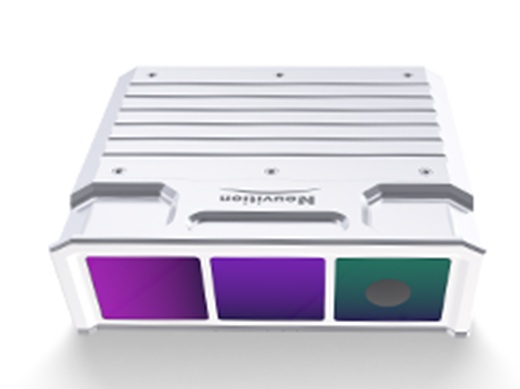
What is Vehicle Collision Avoidance System
A Vehicle Collision Avoidance System is a safety feature designed to help prevent accidents on the road by alerting drivers of potential collisions and, in some cases, automatically applying the brakes to avoid or mitigate the impact. This system uses sensors, cameras, and radar technology to monitor the vehicle's surroundings and detect obstacles, other vehicles, or pedestrians in its path. When a potential collision is detected, the system provides visual and audible warnings to the driver to take evasive action. In more advanced systems, the vehicle may also autonomously apply the brakes to prevent a crash. Overall, a Vehicle Collision Avoidance System plays a crucial role in enhancing road safety and reducing the risk of accidents caused by human error or distractions.
Why Vehicle Collision Avoidance System
A Vehicle Collision Avoidance System is a crucial safety feature that helps prevent accidents on the road. By utilizing advanced sensors and technology, this system can detect potential collisions with other vehicles, pedestrians, or obstacles and alert the driver to take evasive action. In some cases, the system can even automatically apply the brakes or steer the vehicle to avoid a collision. This technology is essential in reducing the number of accidents and saving lives on the road.


Recent Technology Development of Vehicle Collision Avoidance System
Recent advancements in vehicle collision avoidance systems have revolutionized automotive safety technology. These systems utilize a combination of sensors, cameras, and radar to detect potential collisions and automatically apply brakes or steer the vehicle to avoid accidents. The development of artificial intelligence algorithms has significantly improved the accuracy and responsiveness of these systems, making them more reliable in real-world driving conditions. Additionally, the integration of vehicle-to-vehicle communication technology allows vehicles to exchange information about their speed, position, and direction, further enhancing collision avoidance capabilities. Overall, the continuous innovation in this field is paving the way for safer roads and reducing the number of accidents caused by human error. Brief answer: Vehicle collision avoidance systems have seen significant advancements in recent years, incorporating advanced sensors, AI algorithms, and vehicle-to-vehicle communication technology to enhance safety on the roads.
Applications of Vehicle Collision Avoidance System
Vehicle collision avoidance systems are becoming increasingly important in modern vehicles as they help prevent accidents and save lives. These systems use advanced technology such as sensors, cameras, and radar to detect potential collisions and alert the driver or even take autonomous action to avoid a crash. Some common applications of vehicle collision avoidance systems include automatic emergency braking, lane departure warning, blind spot detection, and adaptive cruise control. These systems are especially useful in heavy traffic, bad weather conditions, and situations where the driver may be distracted or fatigued. Overall, the main goal of these systems is to enhance road safety and reduce the number of accidents on the roads. Brief answer: Vehicle collision avoidance systems use advanced technology to detect potential collisions and prevent accidents through features like automatic emergency braking, lane departure warning, and blind spot detection, ultimately enhancing road safety and reducing accidents.

Neuvition Collision Avoidance Systems for Railway
Our collision avoidance systems for railway are designed to enhance safety and prevent accidents on rail tracks. By combining our state-of-the-art LiDAR sensors with advanced software algorithms, we offer the following advantages:
Advantage
- Accurate detection and identification of obstacles in front of trains
- Real-time warning alerts to prevent collisions
- Integration with cameras and other sensors for comprehensive situational awareness
- Customizable solutions to meet specific railway requirements

Neuvition Collision Avoidance Systems for Automotive
Our collision avoidance systems for automotive applications are designed to improve road safety and enable autonomous driving capabilities. We offer the following benefits with our integrated LiDAR, Radar, and Camera solutions.
Advantage
- 360-degree detection and tracking of surrounding objects
- Advanced object recognition and classification
- Real-time decision-making for collision avoidance
- Seamless integration with existing vehicle systems

FAQ








Contact Us
If you have any questions or suggestions, please leave a message, we will get in touch with you within 24 hours!
